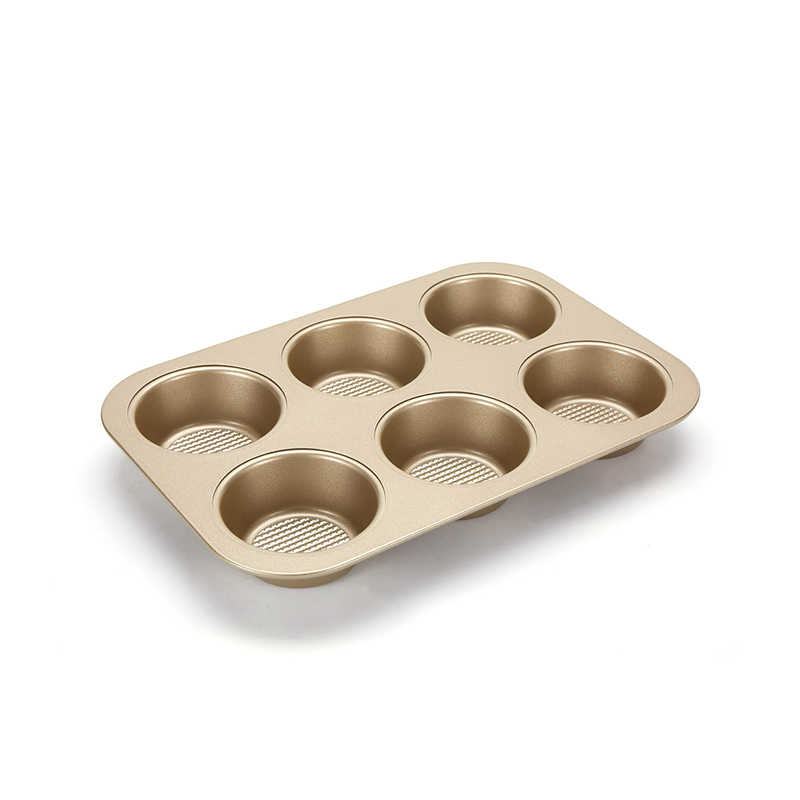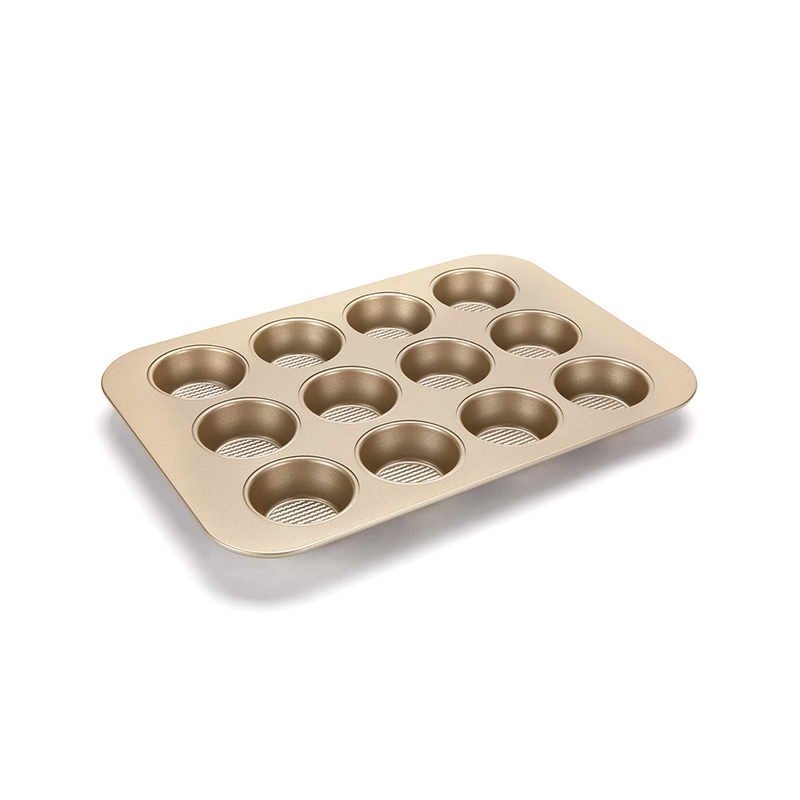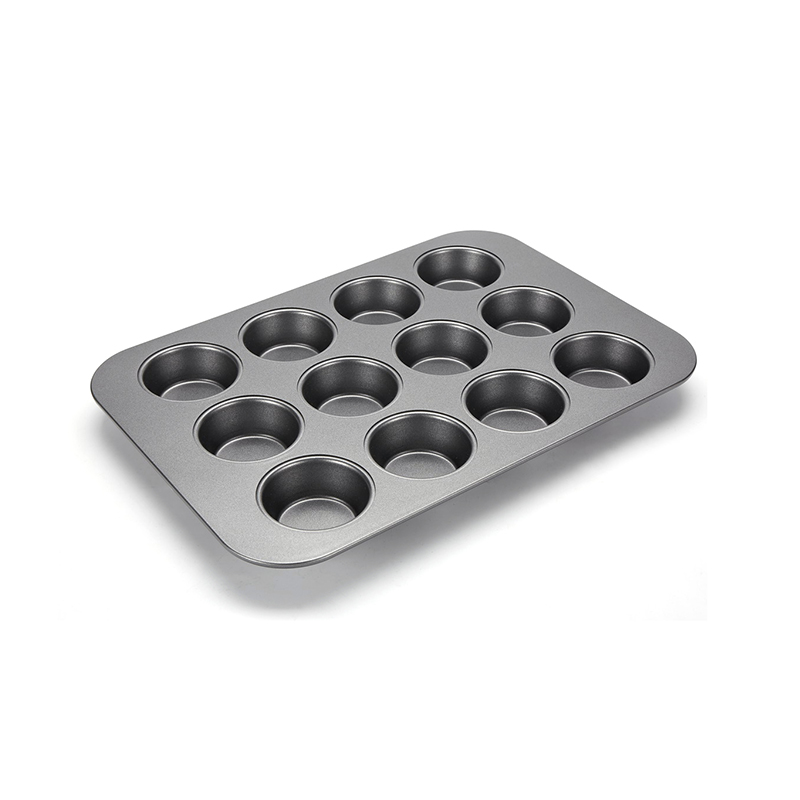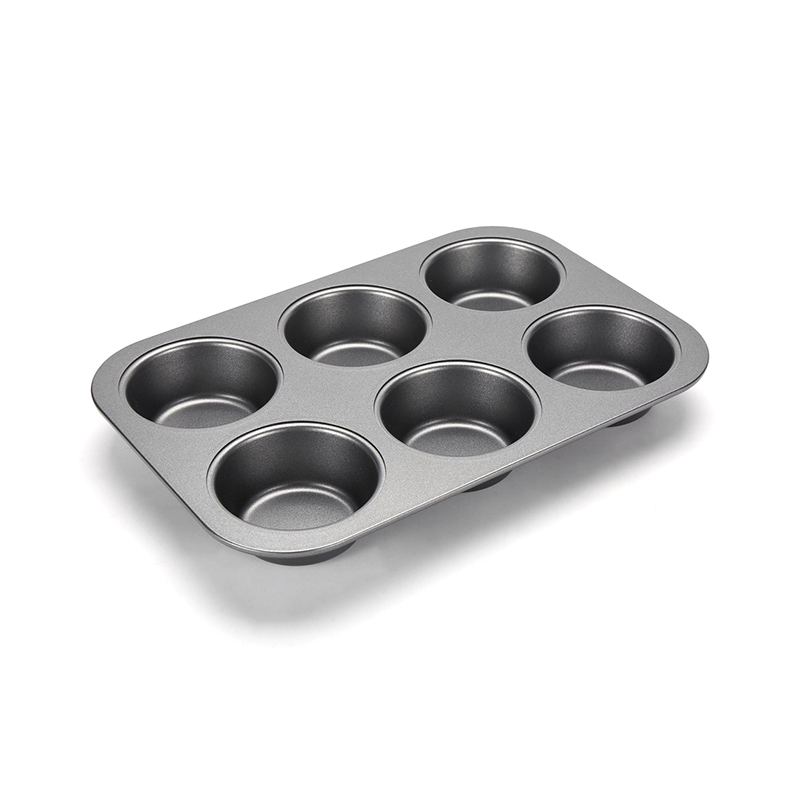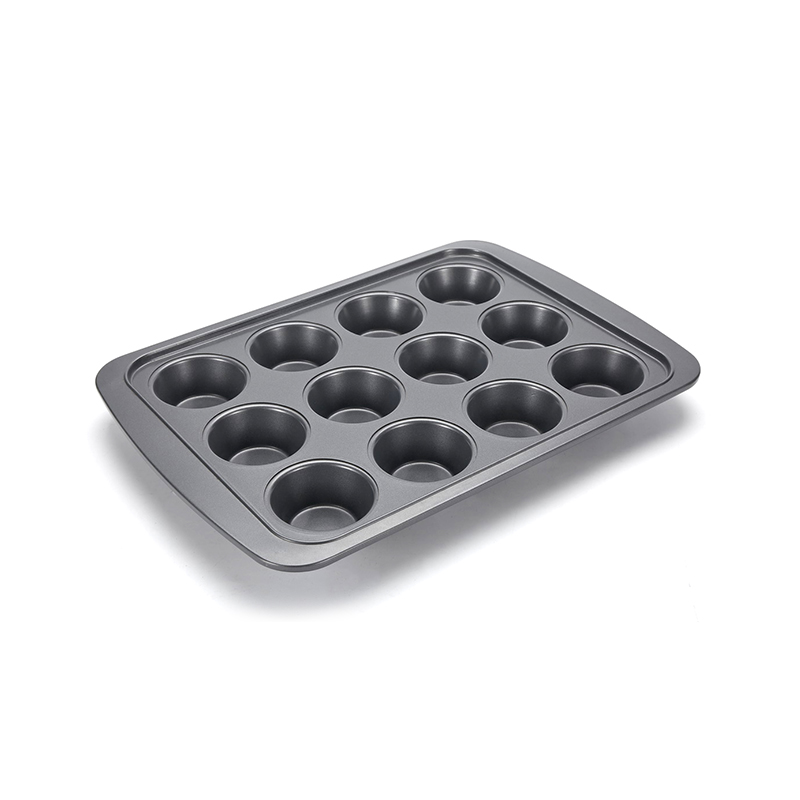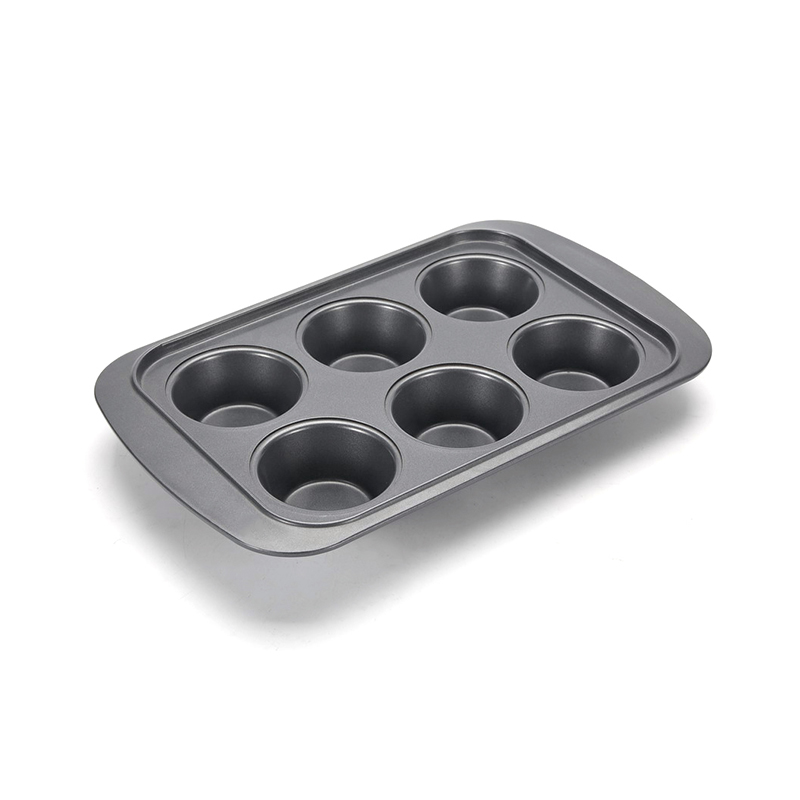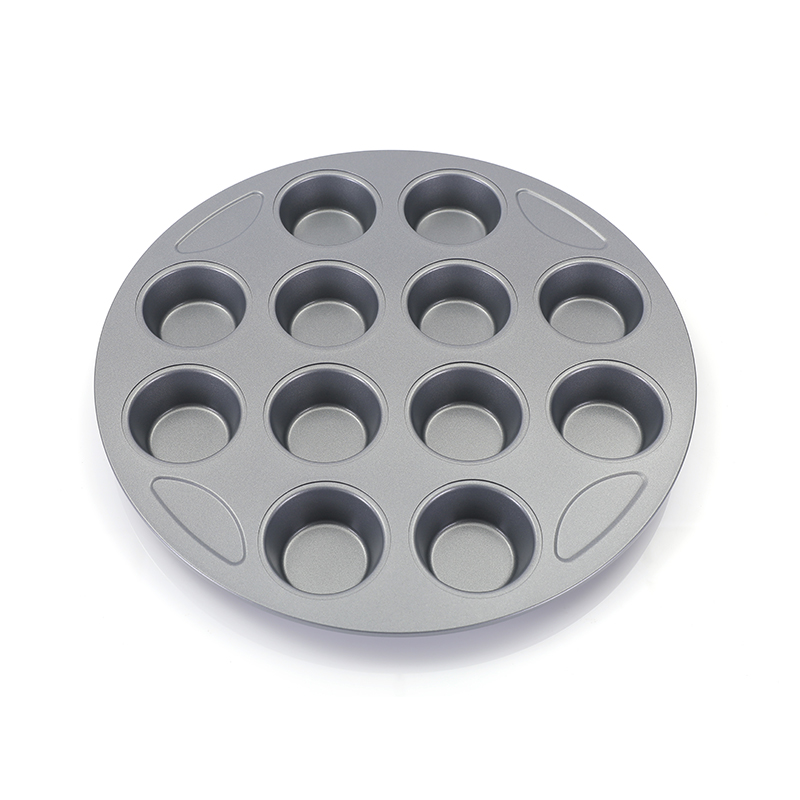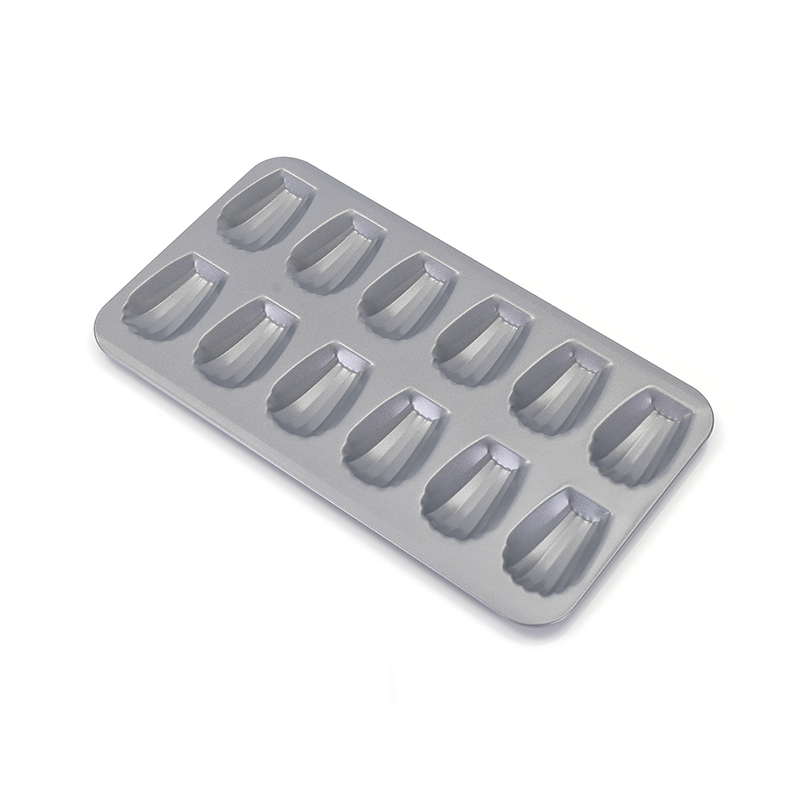For passionate home bakers and professional chefs alike, selecting the right bakeware is crucial to achieving bakery-level results. When it comes to making baguettes, one essential decision is choosing between perforated and solid baguette bread pans. While both are designed to shape and support the iconic French loaf, their differences in structure and performance significantly influence the final outcome.
Understanding the contrast between these two types of baguette baking pan can help elevate your bread-making game and produce consistent, crusty, golden loaves every time.
A baguette baking pan, also known as a French bread pan, is uniquely crafted to cradle the long, narrow shape of a baguette during proofing and baking. These pans often come in the form of a tray featuring multiple curved molds, commonly referred to as baguette baking trays. The main distinction between pans lies in whether their surface is perforated or solid, each offering unique benefits and applications.
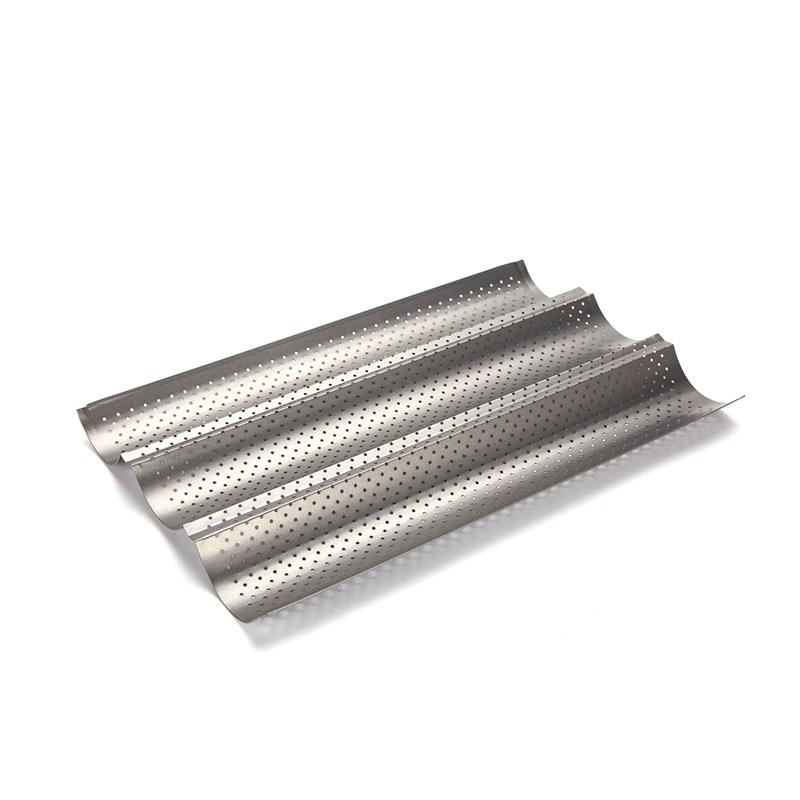
Perforated baguette bread pans are characterized by tiny holes throughout the surface of the mold. These perforations serve a specific purpose: they allow air to circulate evenly around the dough during baking. This airflow promotes a crisp, golden crust—a signature feature of an authentic French baguette. Because of this design, baguette baking trays with perforations are favored by many artisan bakers who prioritize crust texture and uniform baking.
Another advantage of a perforated baguette baking pan is moisture control. During baking, steam is naturally released from the dough. On a solid surface, this moisture can accumulate beneath the loaf, causing a softer, less defined bottom crust. In contrast, a perforated surface allows excess moisture to escape, enhancing the crispiness of the finished product. For those seeking that classic bakery-style crunch, perforated baguette bread pans are often the go-to option.
The solid baguette baking pans have a smooth, uninterrupted surface without any holes. These are ideal for those who want to retain more moisture within the bread, resulting in a slightly softer crust and tender crumb. Solid baguette baking trays are often used when a lighter crust is desired or when baking other types of elongated breads that don't require a super-crusty exterior.
Another practical benefit of solid baguette baking trays is that they're less prone to dough seepage or leakage, especially if the dough is very wet or enriched. The absence of holes ensures that no batter or dough escapes the mold, which can help maintain a cleaner oven and reduce the chance of burning residual crumbs.
Ease of cleaning is also worth considering. Perforated baguette bread pans can sometimes be trickier to wash, especially if any dough or ingredients seep into the holes. In contrast, solid pans are generally easier to clean, as their smooth surfaces can be wiped down quickly without concern for trapped residues. This can be a deciding factor for those who bake frequently and value quick cleanup.
Durability and material composition vary across both styles. Most baguette baking pans, whether perforated or solid, are made from carbon steel or aluminized steel with a non-stick coating. These materials provide even heat distribution and help ensure that the baguettes release easily after baking. Whether you choose perforated or solid baguette bread pans, investing in high-quality, heat-resistant bakeware will greatly impact your final results.
In terms of versatility, both types of baguette baking trays can be used for more than just baguettes. From sandwich loaves to twisted herb breads, the design of a baguette baking pan allows for creative experimentation. However, understanding the function of perforations versus a solid base will guide you in choosing the right tool for the style and texture you want to achieve.
The choice between perforated and solid baguette bread pans ultimately depends on your baking goals. If a crisp, golden crust is your priority, a perforated baguette baking pan will deliver the desired texture. If a softer crust or easier maintenance is more important, a solid baguette baking tray may be the better choice. By knowing the differences and advantages of each, you can confidently select the right pan to suit your recipe and baking style.




 English
English  Deutsch
Deutsch  Español
Español 